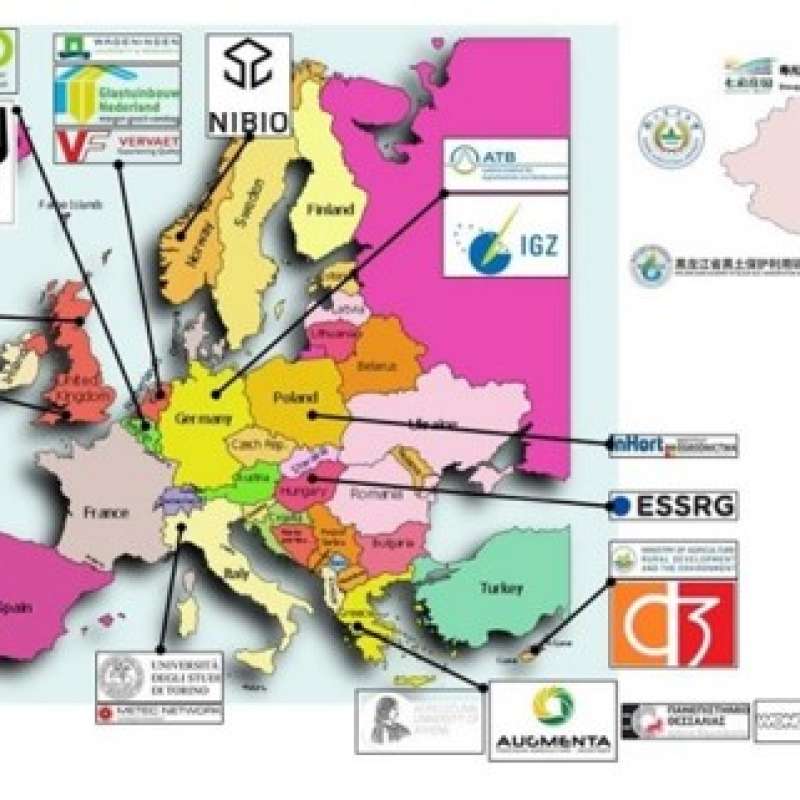Dmitry Kechasov
Forsker
(+47) 404 67 991
dmitry.kechasov@nibio.no
Sted
Særheim
Besøksadresse
Postvegen 213, NO-4353 Klepp stasjon
Sammendrag
Det er ikke registrert sammendrag
Sammendrag
Det er ikke registrert sammendrag
Sammendrag
To compensate for higher production costs in winter, tomato cultivars with better taste and flavor characteristics and higher selling price are often cultivated. Tomato taste and flavor is reduced during cold storage, however the reduction is often cultivar dependent. Little is known how postharvest storage conditions affect flavor and taste quality of tomatoes cultivated in greenhouses during wintertime at high latitudes. This study was aimed to analyze how postharvest storage conditions affect composition of flavor-related volatile organic compounds (VOCs) and taste quality of tomato fruits. Tomato cultivars ‘Brioso’, ‘Flavance’, ‘Piccolo’, ‘Sweetelle’, ‘Sweeterno’ were grown in greenhouses with artificial lightning in southwestern Norway during wintertime and were collected ripe. Experimental set up was simulating shortest postharvest chain for southwestern Norway, including harvest day (18°C for one day, in darkness), packaging and transport (12°C for 3 days, in darkness), retail (18°C for 2 days, with light) and consumer storage in either a refrigerator (4°C for 4 days, in darkness) or a kitchen counter (20°C for 4 days, with light). VOC composition of tomato fruits was analyzed using HS-SPME-GC-MS. Fruit quality parameters including sugars, titratable acidity (TA), dry matter content, firmness and pigments were analyzed. Laboratory results were compared to responses from a taste panel. Firmness and TA were lower for fruits after storage at both conditions compared to fresh fruits. Relative concentrations of the most flavor-related VOCs were lowest for fruits after storage at both conditions. The reduction was higher when fruits were stored at 4°C. Fruits from cultivars ‘Sweeterno’ and ‘Piccolo’ showed the lowest difference in relative VOC concentration at 4°C. Perceived overall tomato taste generally decreased after storage. Overall, storage at 20°C is favorable for preserving flavor of most winter-produced tomato cultivars, but disadvantageous for maintaining their firmness and TA.

